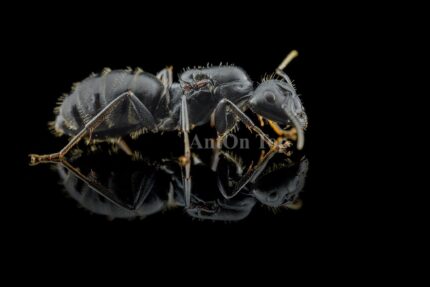
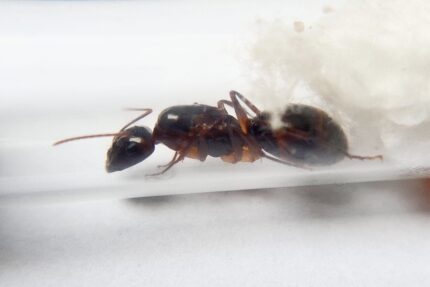
Camponotus vestitus
$54.84 – $85.02Price range: $54.84 through $85.02
Worldwide shipping
Free delivery over 999 PLN
The highest quality of goods
Live delivery guarantee
24/7 Personal Support
Fair Prices
Description
Camponotus vestitus is a species of ant that comes in various sizes and colors. They require specific nutrition, humidity, and temperature levels to thrive. Developing a colony of Camponotus vestitus requires careful attention to these guidelines. Overall, this ant species presents a unique and interesting opportunity for ant enthusiasts.
Additional information
Camponotus vestitus (Grey morf)
Colony Type: Monogyny
Colony Size: Up to 5000 workers
Development Speed: Fast
Size
- Queen: 11-13 mm
- Workers: 5-8 mm
- Majors: 8-10 mm
The workers are typically black, with a shiny appearance and sometimes with a reddish-brown hue on their thorax and legs. The queens, on the other hand, have a predominantly black color with a beautiful blue metallic sheen.
Nutrition
- Food insects (such as cockroaches and crickets) dead, or live if colony is big
- Syrup (a mixture of water and honey or sugar, with a ratio of 3 water:1)
- Fruits and vegetables
- Jelly
- Cooked chicken without salt, shrimps
- Honey
Don’t forget to check out our food products to ensure a well-balanced diet for your colony!
Humidity and Temperature
- Humidity: Arena: 40-60%, Nest: 50-60%
- Temperature: Arena: 22-30 °C, Nest: 21-25 °C
Recommended nest for breeding
- Acrylic
- Cork
- Ytong


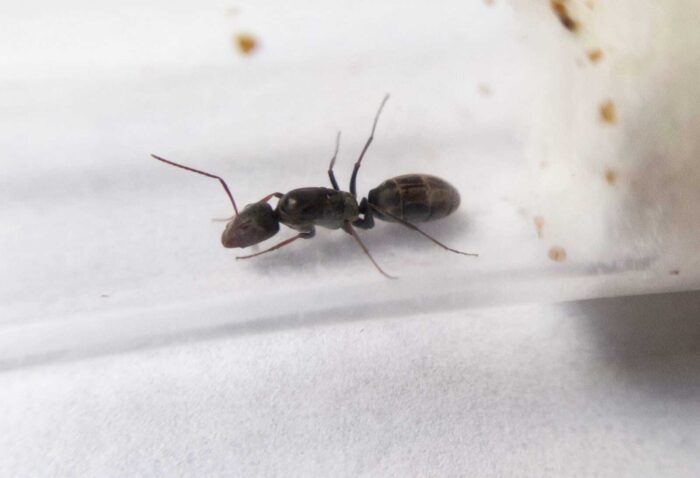
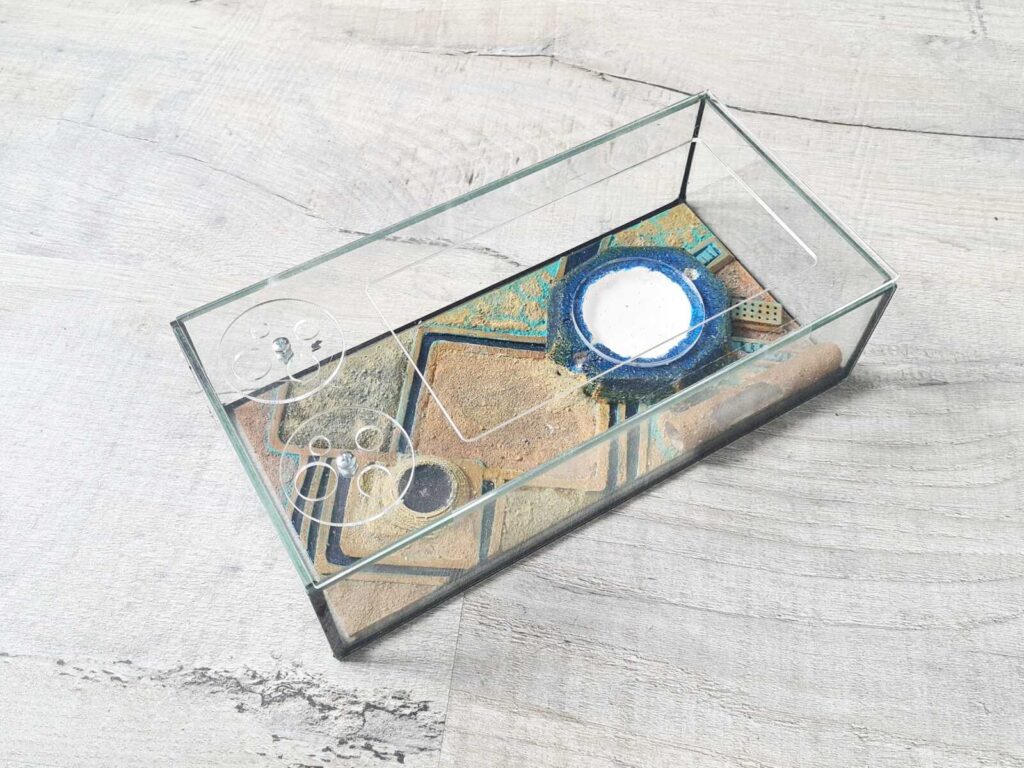

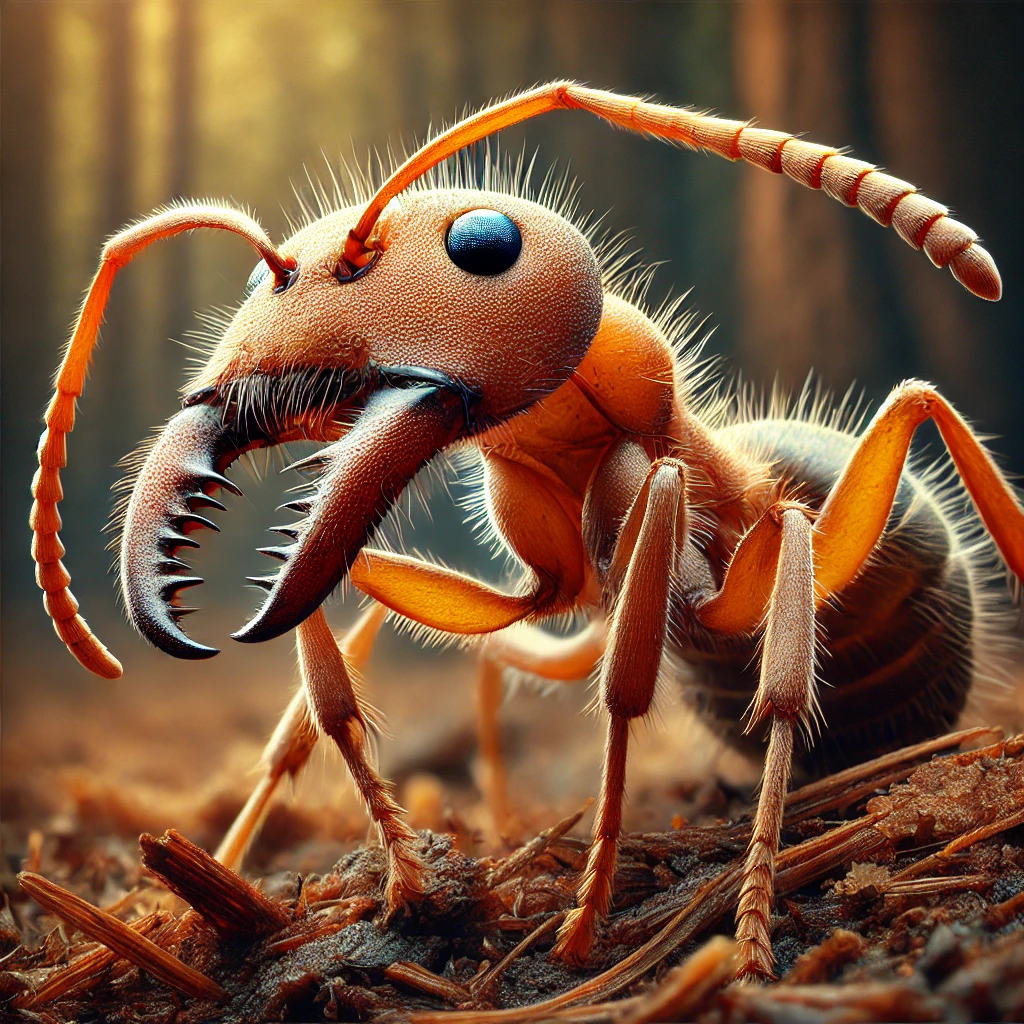
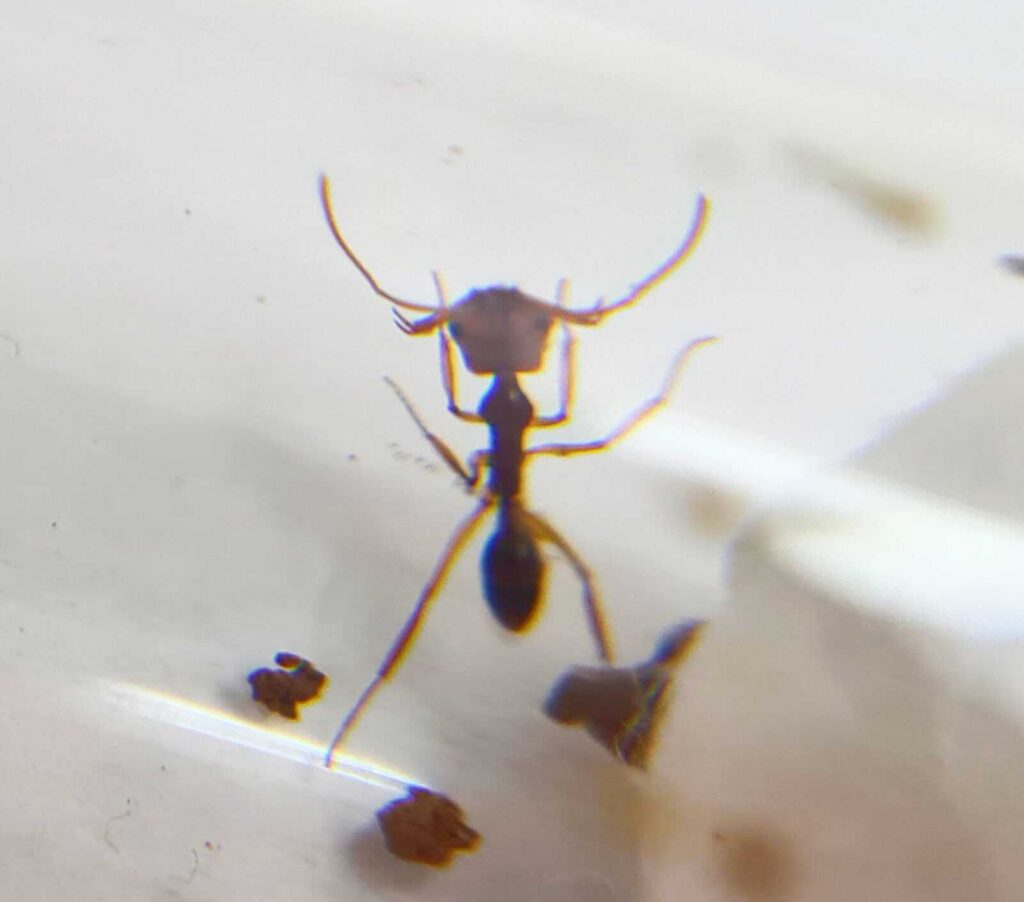
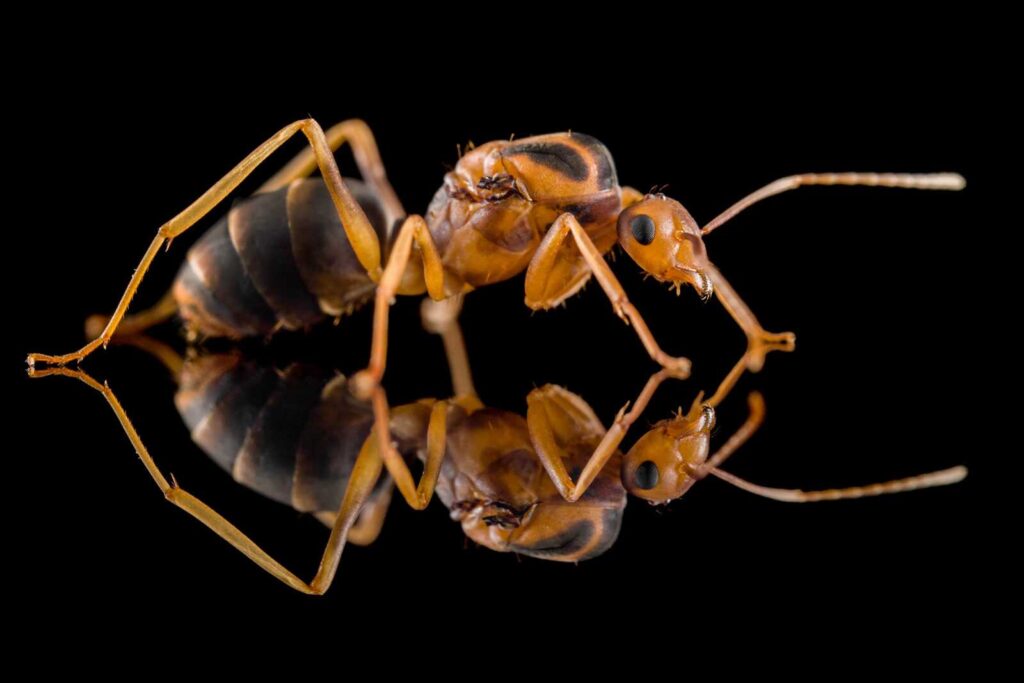
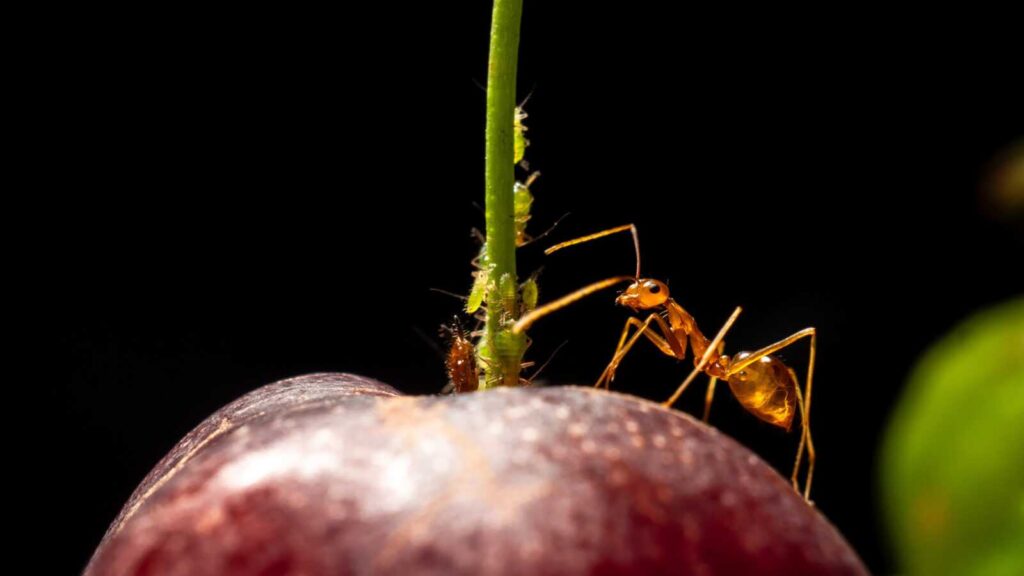

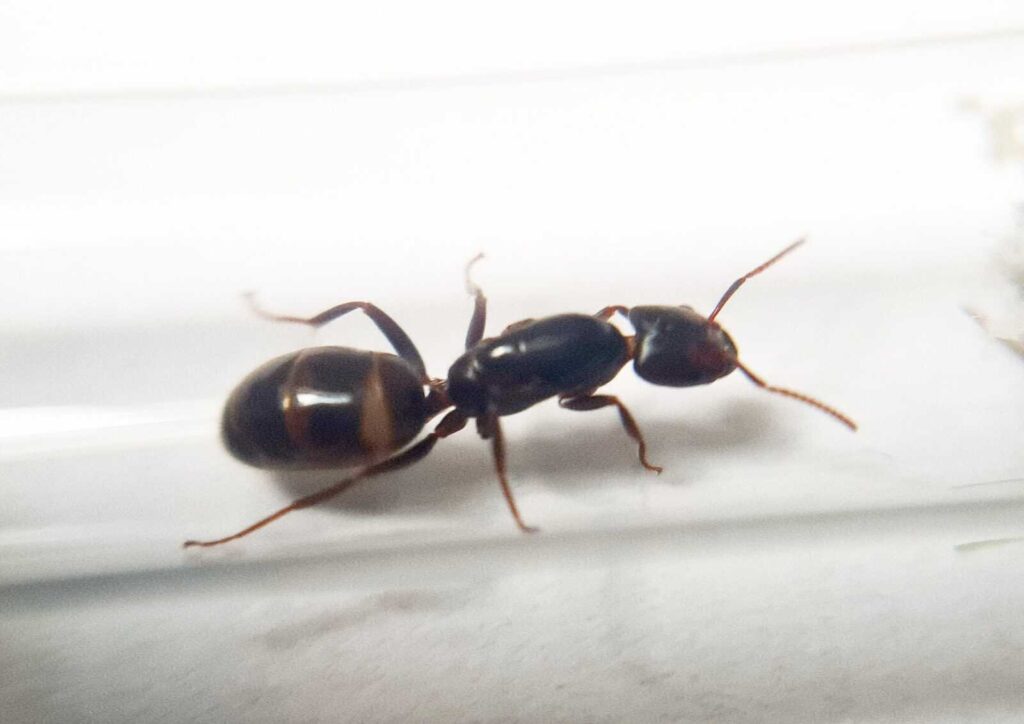


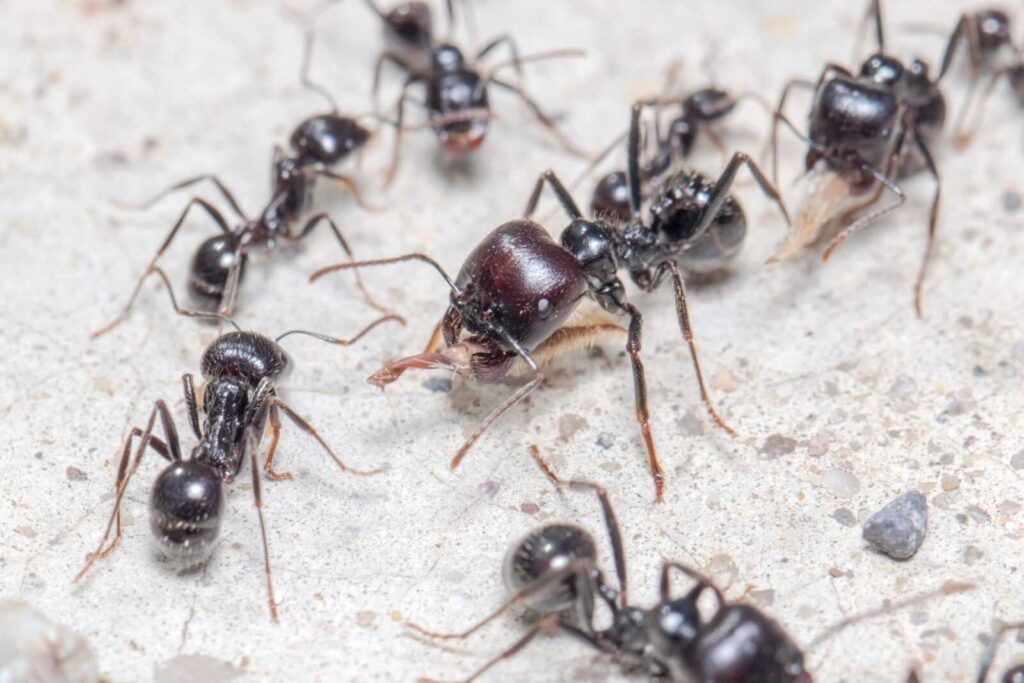


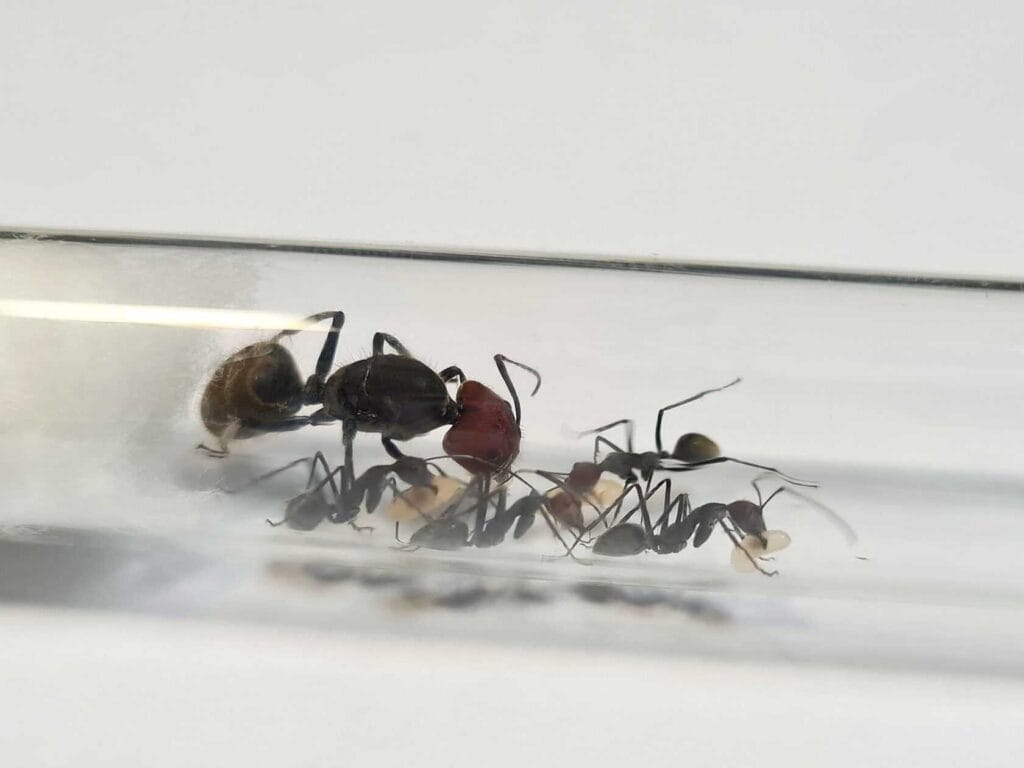


Reviews
Clear filtersThere are no reviews yet.